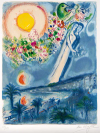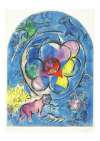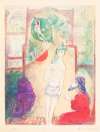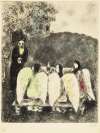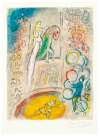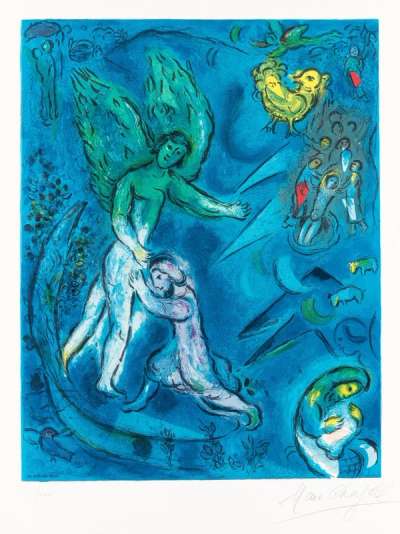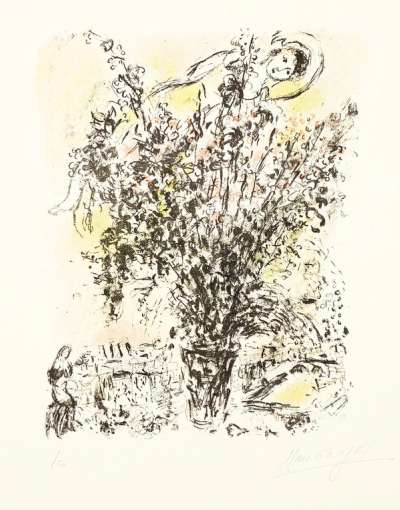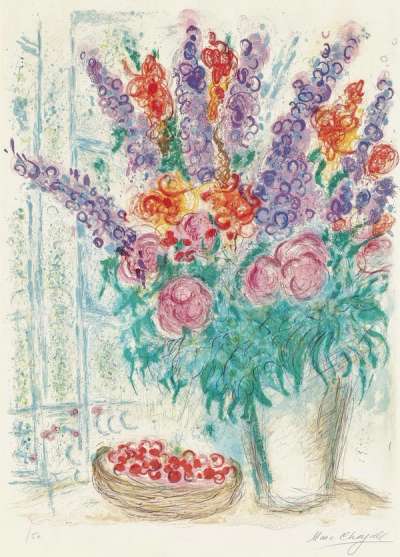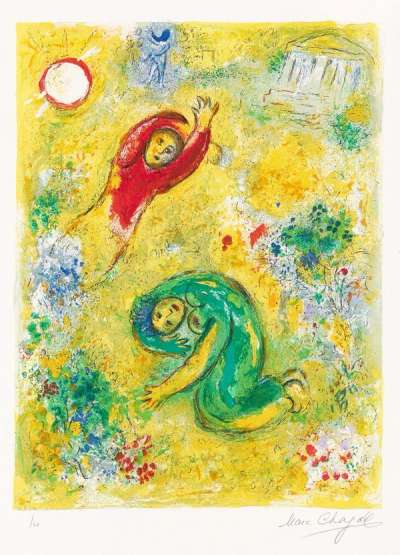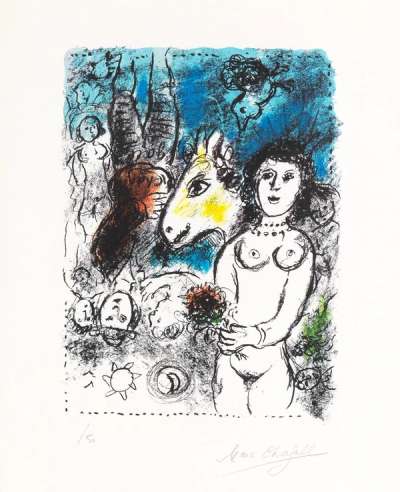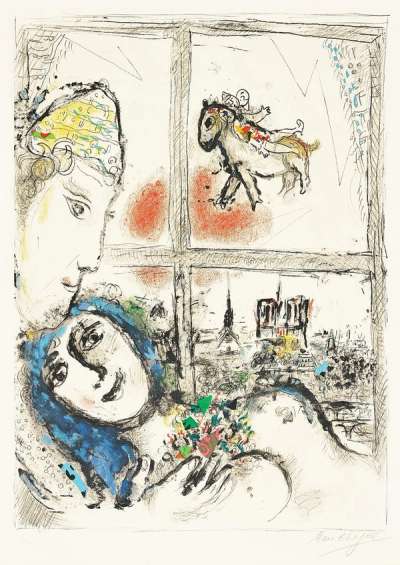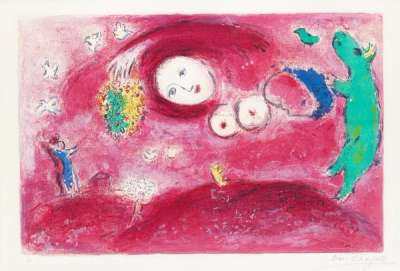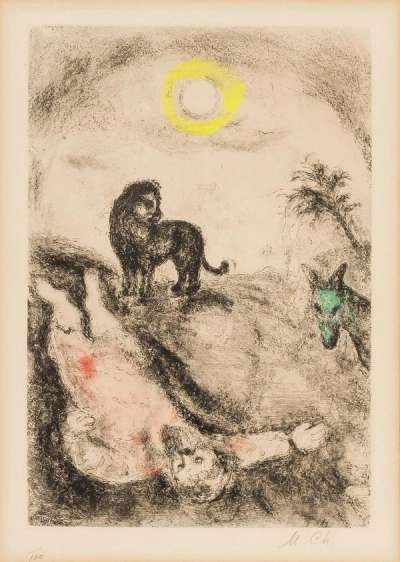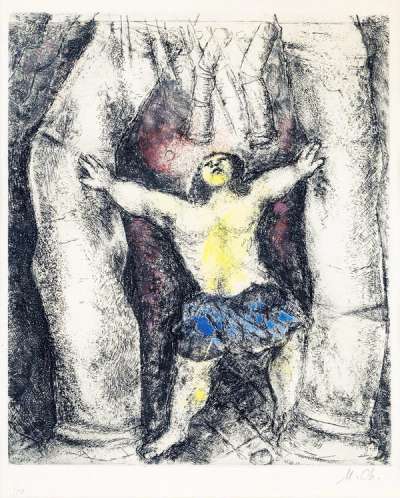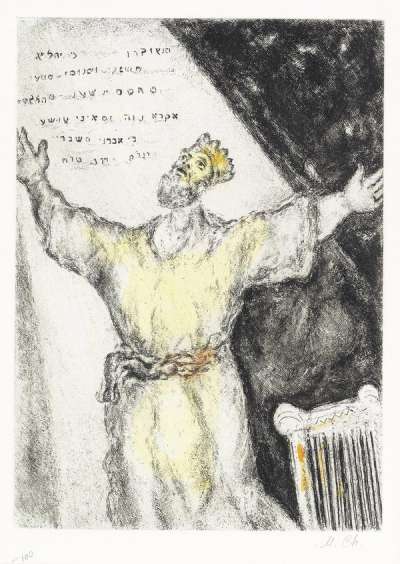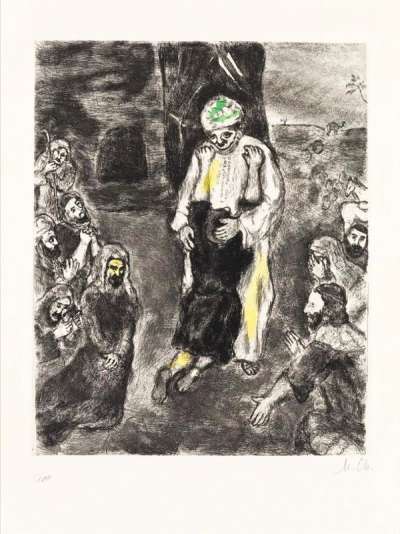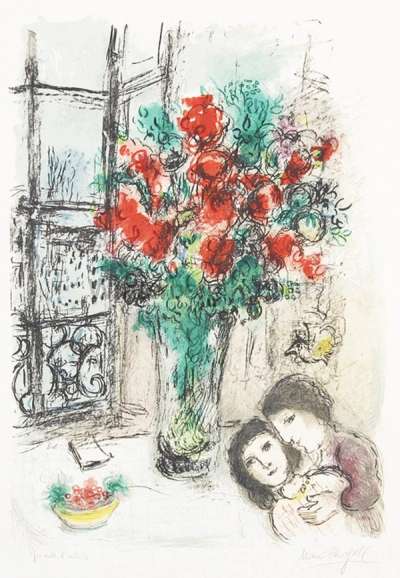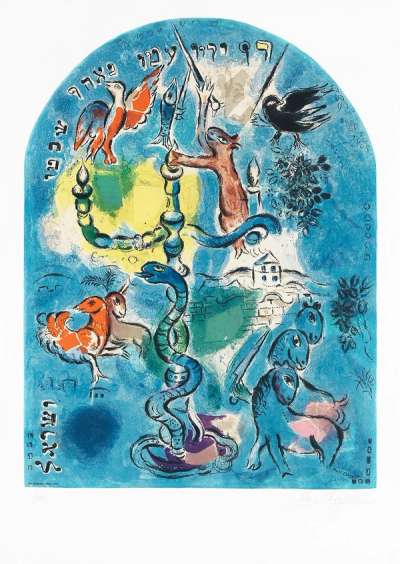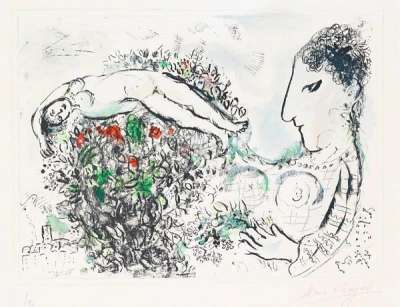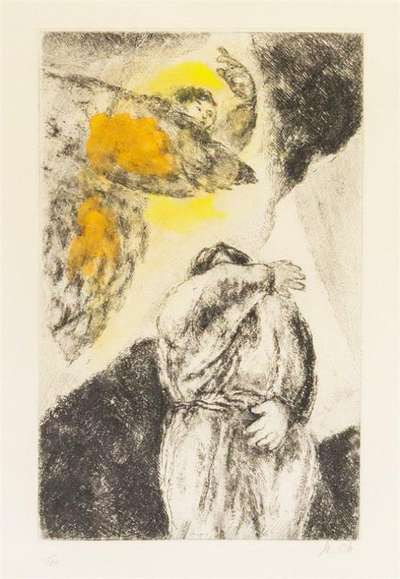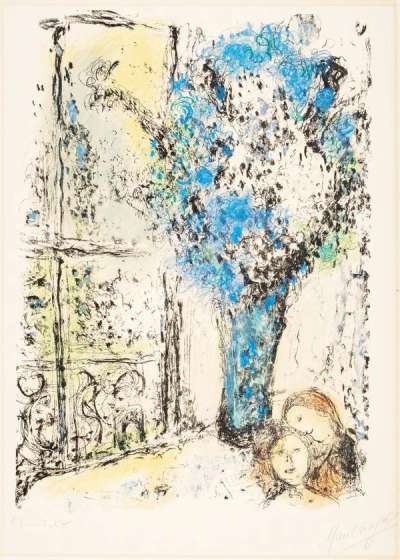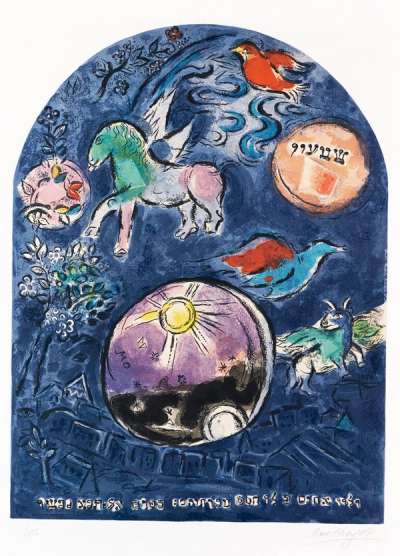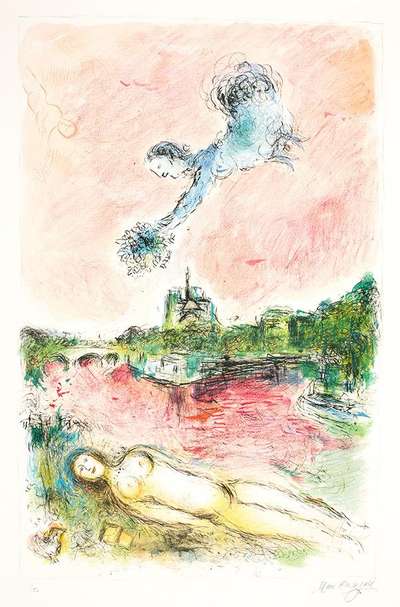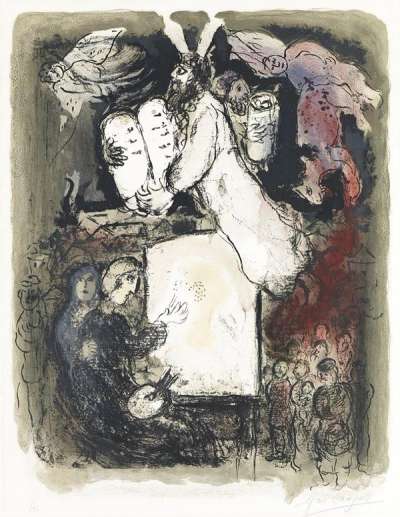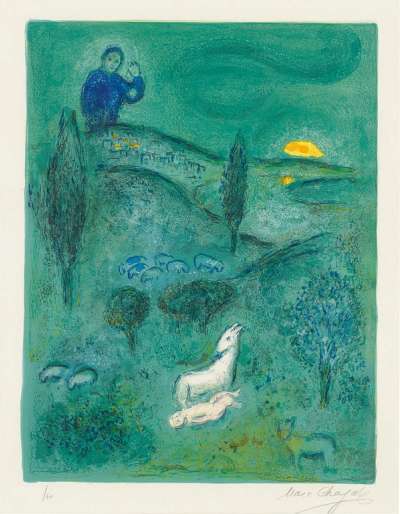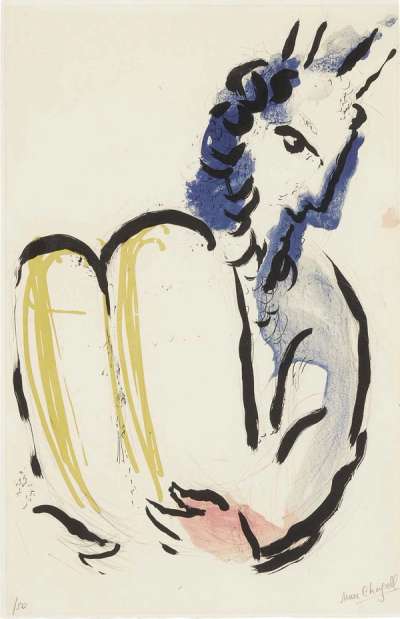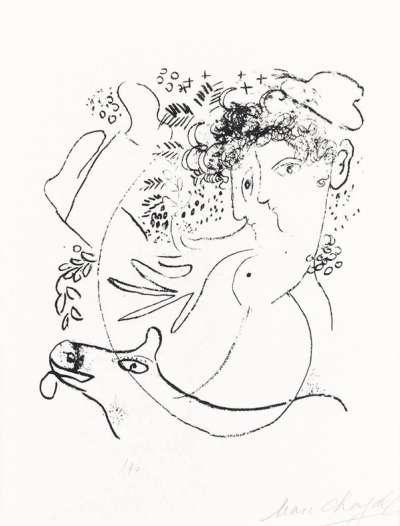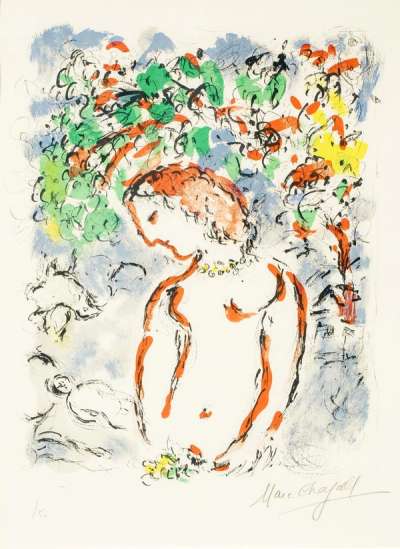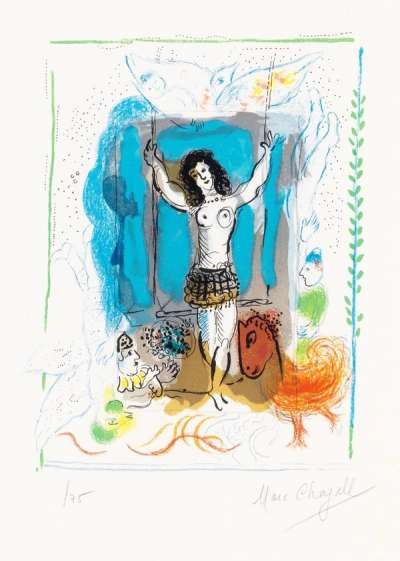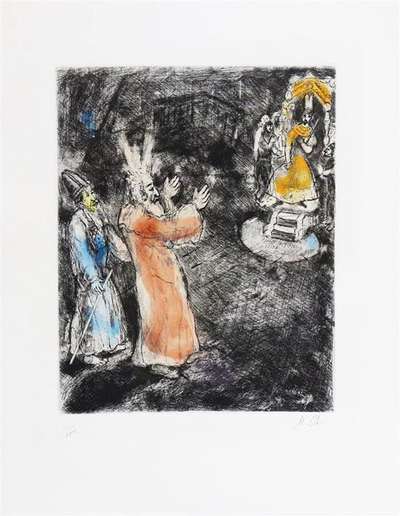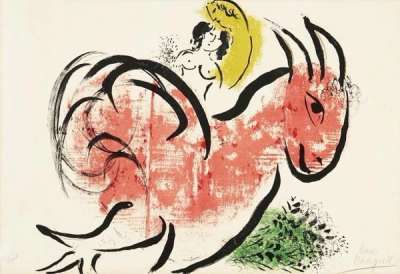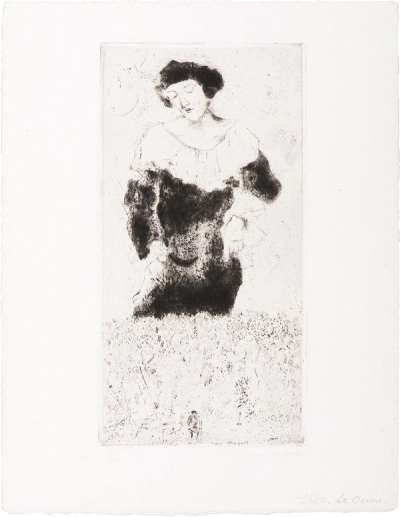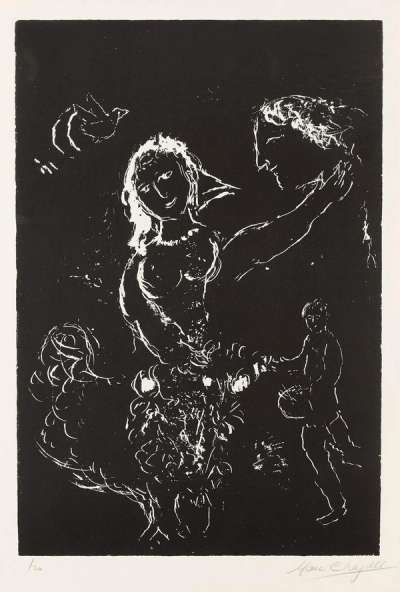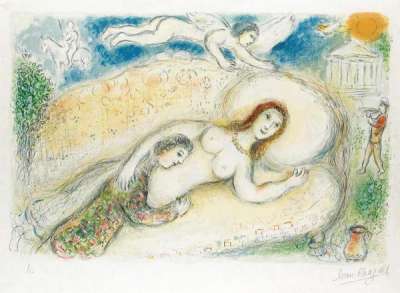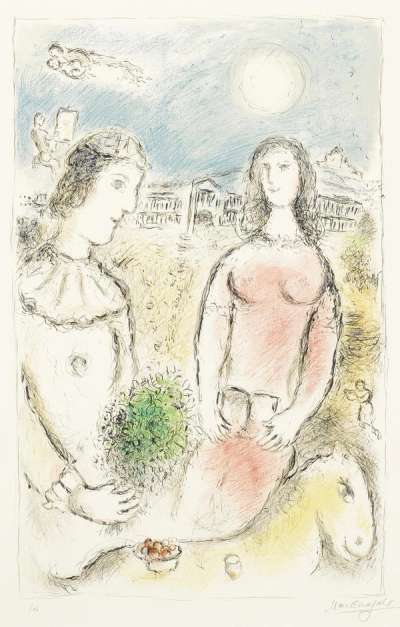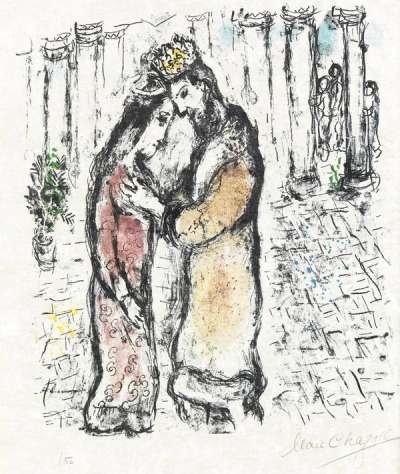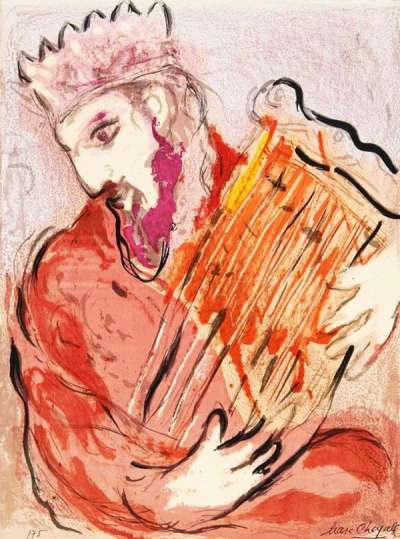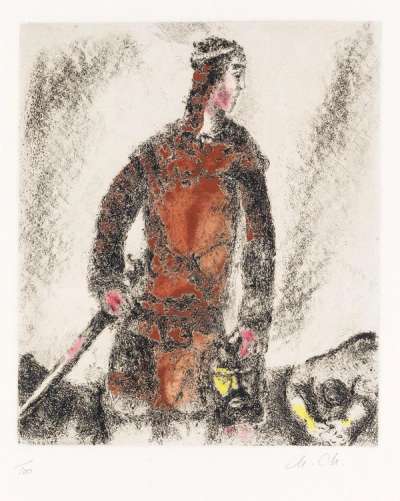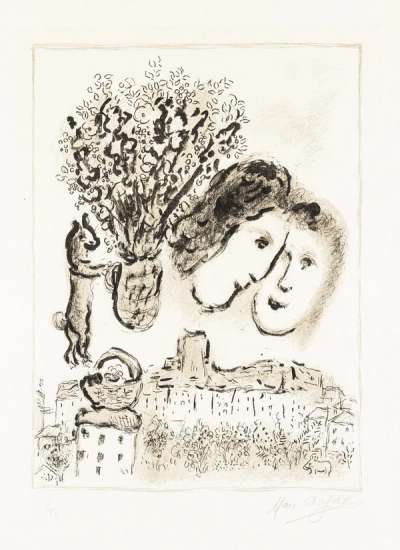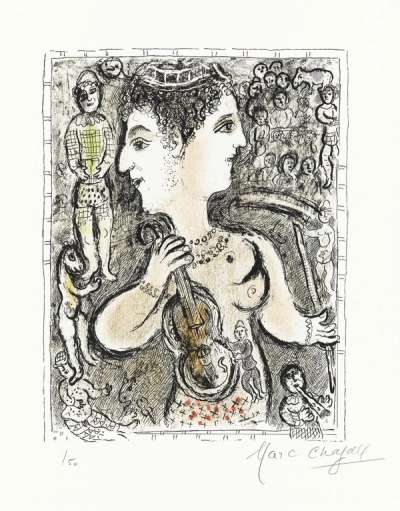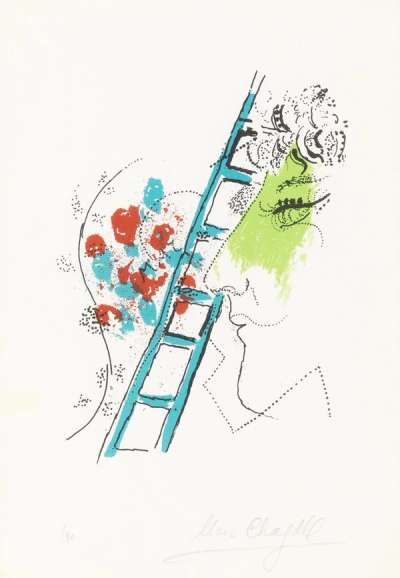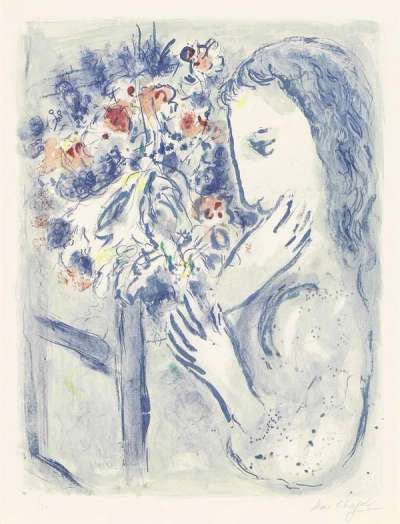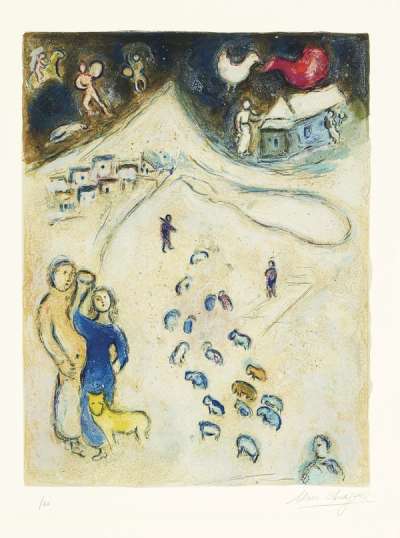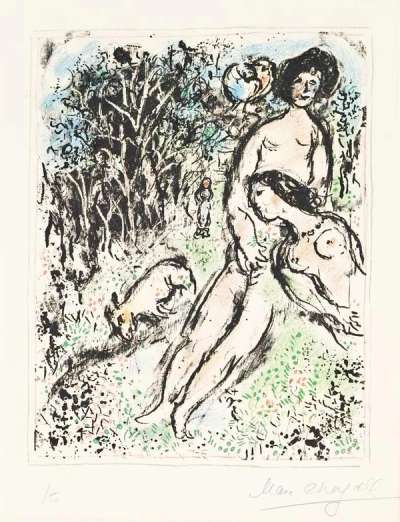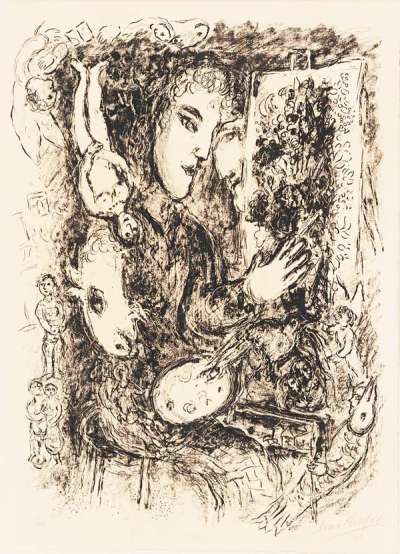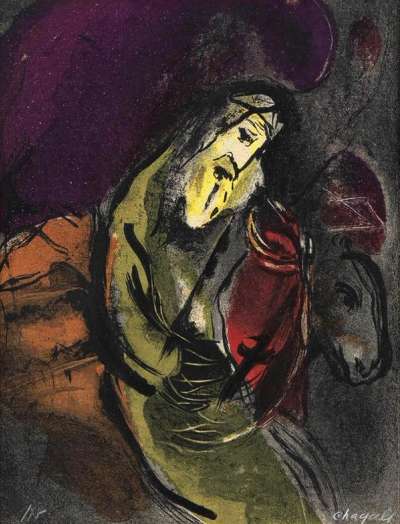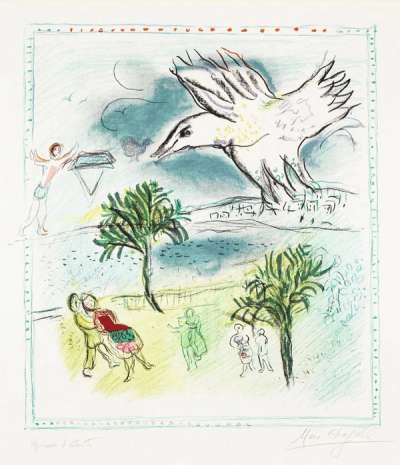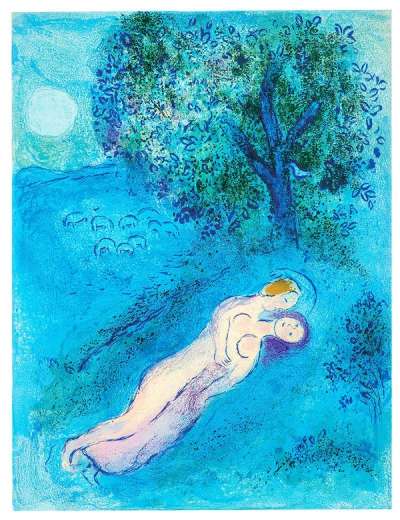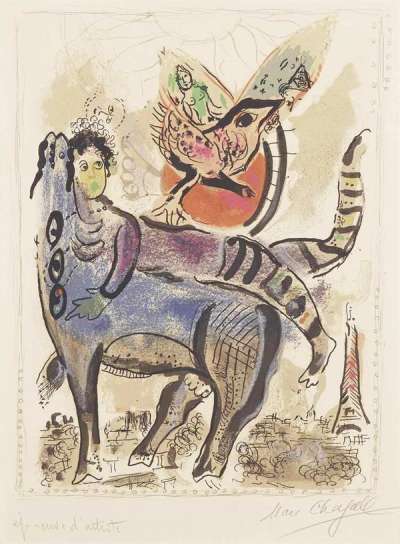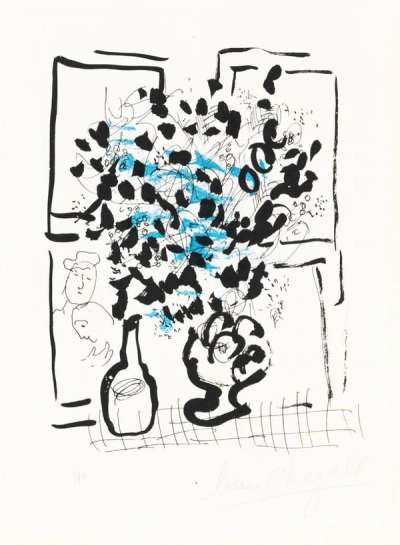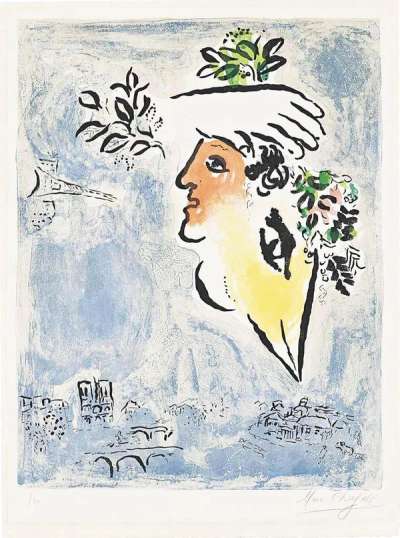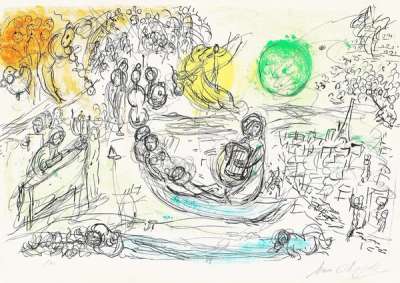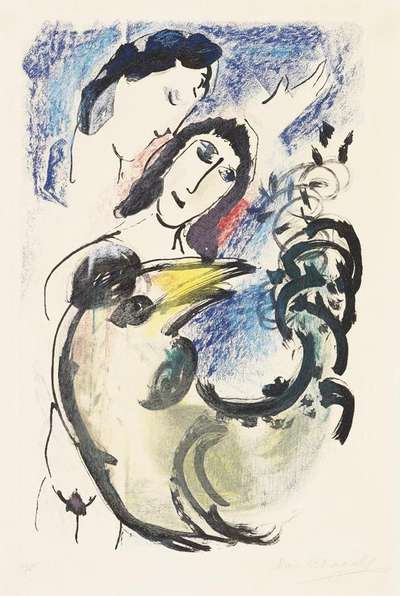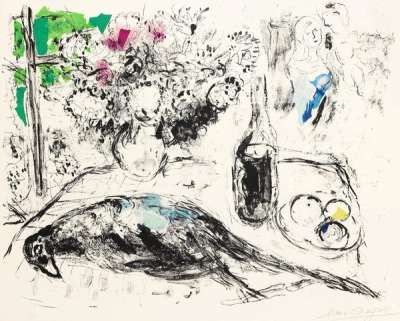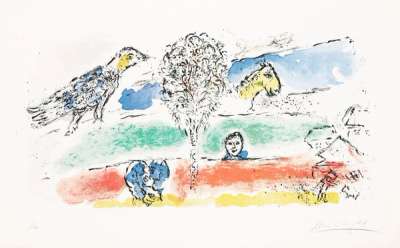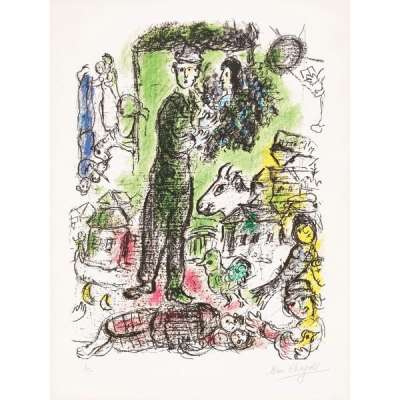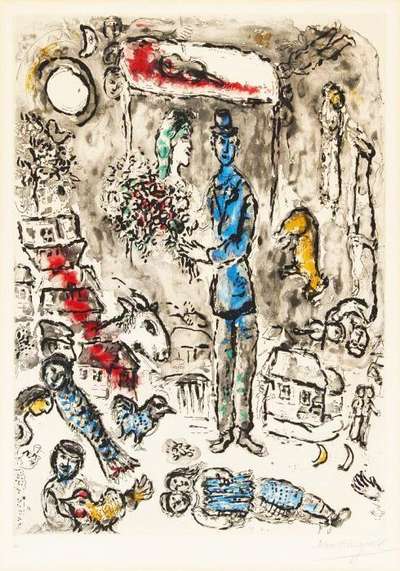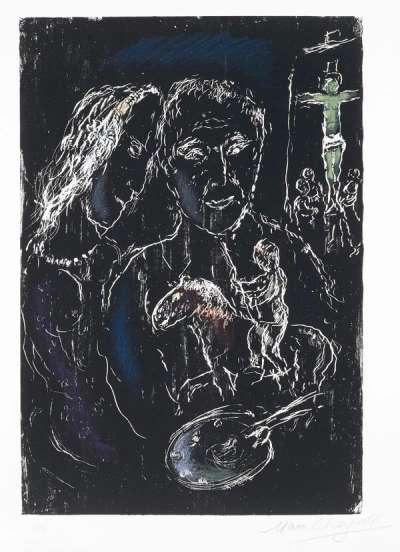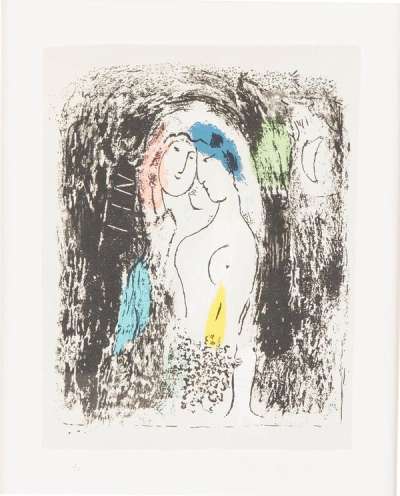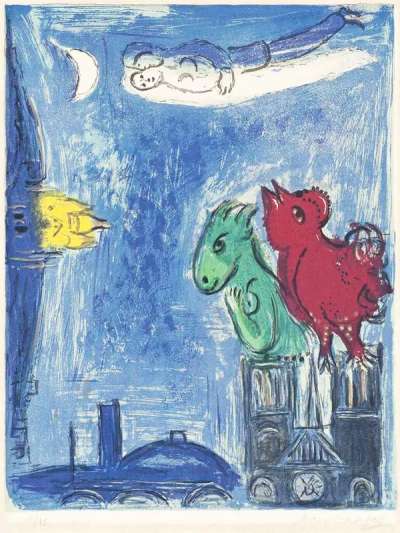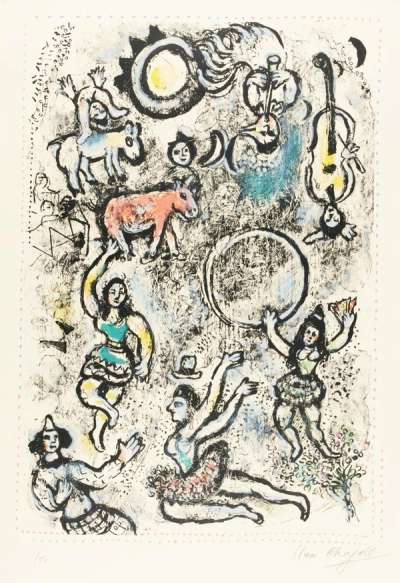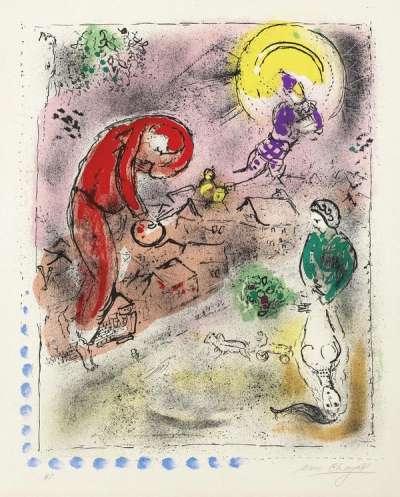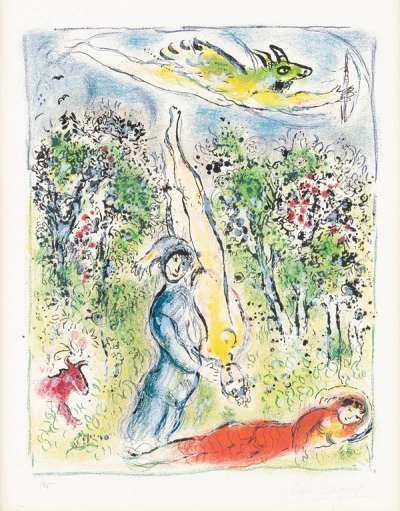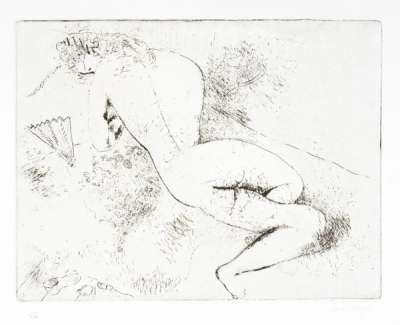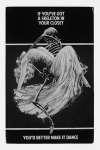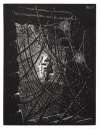Marc
Chagall
With a style that refuses categorisation, Marc Chagall is an artist of the fantastically odd and the jack-of-all-trades in the art world. If you’re looking for original Chagall prints and editions for sale or would like to sell, request a complimentary valuation and browse our network’s most in-demand works.
Marc Chagall art for sale
Discover Marc Chagall prints for sale, exclusively available through our private network of collectors. Explore signed and unsigned screenprints, lithographs, digital prints, and rare editioned proof prints by era-defining blue chip artists.
Sell Your Art
with Us
with Us
Join Our Network of Collectors. Buy, Sell and Track Demand
Biography
A key figure of 20th-century art, Marc Chagall worked across multiple mediums, including painting, illustration and costume design. While Chagall’s work is associated with several major artistic currents, from Cubism to Symbolism, and even Fauvism, the artist never adhered to just one style, creating a defining aesthetic that is entirely his own.
Born in Vitebsk, Belorussia, in 1887, Chagall enjoyed drawing since a young age and went on to study painting in the studio of realist portrait painter Jehuda Pen. In 1907, he moved to St Petersburg to study at the Imperial Society for the Protection of Fine Arts for three years, before studying with Léon Bakst at the Svanseva School.
During Chagall’s time there, the motif of the roof violinist began to emerge in his works, particularly in The Dead Man (1908). A year later, Chagall painted My Fiancée With Black Gloves (1909) and began a series of works inspired by his wife-to-be, Bella Rosenfeld, in his signature unrealistic style.
Chagall’s art was defined by his twelve-year stay in Paris, beginning in 1910, which also shaped the style he would adopt for the rest of his career, with dreamlike scenes, up-turned figures, seemingly random composition, and thinly-spread colours.
The subjects of his paintings became Jewish folklore and Russian fairy tales, often with Chagall himself as the central character. These pieces are recognised as some of Chagall’s greatest works, including Self-Portrait With Seven Fingers (1912), Hommage À Apollinaire (1912), and Paris Through The Window (1913).
Chagall’s first solo exhibition was at the Der Sturm Gallery in Berlin in 1914; but, his work had previously been exhibited at the annual Paris Salon des Indépendants and the Salon d’Automne in the twelve months before. His work struck a chord with the German Expressionist crowd at the time, which sent Chagall on his way to success.
Chagall’s critical acclaim and popularity only increased as his career progressed. In the decades that followed, as he navigated the religious and military conflict in Germany and traversed from paintings to theatre set design, engraving, and stained-glass, he continued to be celebrated by galleries across the world.
1973 saw the opening of the Museum of the Marc Chagall Biblical Message in Nice, and, four years later, in 1977, a retrospective was held at the Louvre. In the same year, Chagall was awarded the Grand Medal of the Legion of Honour in France. Today, Chagall's popularity is higher than ever, and the artist remains considered one of the main exponents of Modern Art.
